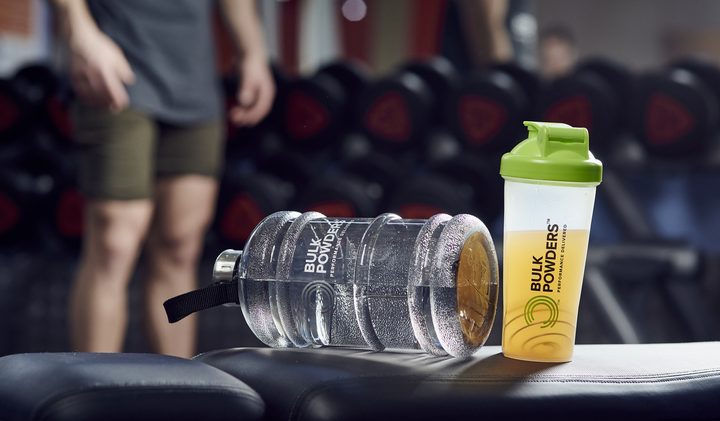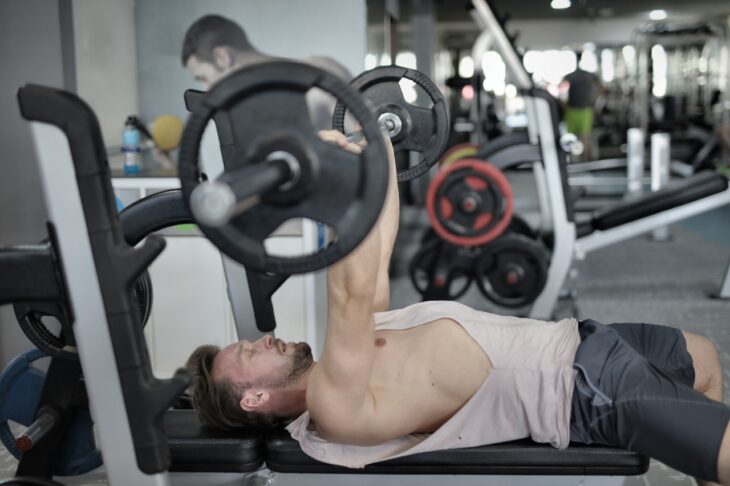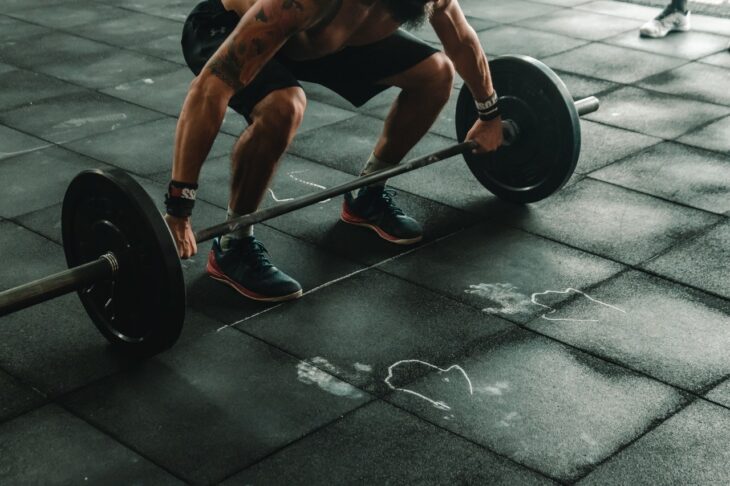Improving your muscle mass is no easy feat. It takes a lot of determination, sacrifice, and time to finally achieve the body of your dreams. But more than looking good, building muscle mass comes with various benefits, including an increased bone density, a lowered susceptibility to chronic diseases, weight loss, and improved quality of life.
Here are different ways to help you pump up your muscles:
Contents
Focus On Your Diet

Source: mypacer.com
Diet plays a crucial role in muscle growth. Not only do you want to focus on which foods will best fuel a workout, but on your overall diet as well. If you’re physically active, your diet needs to have sufficient amounts of essential nutrients so that you’ll have enough energy for your muscles to recover from exercise.
That being said, nutrient-dense foods need to be incorporated into your diet, including:
- Healthy Carbs. Avoiding carbs if you want to work on building your muscles is a misconception. You’ll need carbs to source your energy from when you’re moving about or exercising. Think of your body as a machine needing carbs as fuel to keep it running.
There are two types of carbohydrates; simple carbs, which may be digested easily and can provide you with an energy kick, and complex carbs, which digest longer and provide you with a stable source of energy.
- Lean Protein. As the muscles’ building blocks, protein is an essential nutrient. If you’re building muscle mass, protein should make up anywhere from 10% to 30% of your total daily caloric intake.
- Fats. This may be counterintuitive, but fat consumption is important in muscle building, too. That’s because your body is not capable of producing its own essential fatty acids, which are essential components of cell membranes, muscle cells included.
When it comes to gaining muscle mass, you’ll want to increase your daily caloric intake. Calculating your daily caloric needs can be done in the following steps:
- Multiply your weight by 12—this gives you your basic calorie needs.
- Multiply basic calorie needs by 1.6 to get your resting metabolic weight.
- Strength training: Multiply the minutes you spend lifting weights per week by five.
- Aerobic training: Multiply the number of minutes running, cycling, and other vigorous exercises by eight.
- Combine your strength training number with your aerobic training number, and divide that by seven to get ‘A.’
- Add your resting metabolic rate with ‘A’ to get your daily calorie needs.
- Finally, add 500 to your daily calorie needs. The resulting number represents your ideal daily caloric intake to gain a single pound every week.
Take Supplements

Source: bulk.com
Besides getting nutrients from the food that you consume, taking supplements can also help you achieve a more muscular build. Click here to see some high-quality options.
These common types of muscle building supplements are typically ingested by athletes and gym enthusiasts to promote muscle growth:
- Creatine- A compound found in muscle cells. Creatine supplements are the leading types of enhancers for gym-goers.
- BCAAs- Branched-chain amino acids are composed of three essential amino acids, which are isoleucine, valine, and leucine.
- Testosterone- Better known as a sex hormone, it is present in both men and women, but it’s mainly responsible for enhancing men’s physical characteristics. Testosterone can actually increase muscle mass, reduce weight, and promote energy.
- Whey protein- typically a byproduct of cheese, whey improves muscle protein synthesis and enhances the formation of lean muscle mass.
Drink Enough Water

Source: pexels.com
For starters, your body can’t use and burn energy without water, making hydration an important component of working out.
While performing specific exercises, such as strength training, you’ll be losing a lot of water through sweat, and this could hinder muscle growth. Dehydration makes your heart pump faster to pump blood, negatively impacting your workout performance. Avoid these problems by drinking an ample amount of water.
Additionally, drinking water can make you feel full longer and help keep cravings at bay.
Train Heavy

Source: pexels.com
In order to gain muscle, as well as increase strength, you ought to train heavy and efficiently. The majority of strength training includes working out at the gym with the following exercises:
- Bench presses
- Deadlifts
- Squats
- Core exercises
- Inverted rows
While this kind of weight training can certainly be beneficial to building muscle, there are other workouts that can aid in muscle growth. Swimming is actually a great way to build muscle mass as it focuses on multiple muscle groups. A commonly overlooked form of exercise, swimming actually works out many parts of the body at the same time, including:
- Chest
- Abs
- Back muscles
- Glutes
- Forearms
- Shoulder muscles
- Swimming may serve as a form of resistance training and could help you build muscle mass when typical strength training takes too much toll on your body or becomes highly tedious and boring.
Challenge Yourself

Source: pexels.com
Most, if not all gym enthusiasts and athletes, live by the ‘no pain, no gain’ mantra. That’s because one of the main keys to building muscle mass is to challenge your body. As your body builds ups its strength, you’ll want to raise the bar higher by increasing muscle stimulus. You can achieve this by increasing the number of repetitions and the weights lifted, while decreasing your rest time in between sets.
Something worth mentioning is that you don’t need to go to the gym to work out. You can take advantage of some free space at home and build your home gym. If you don’t know where to start, sites like Your Workout Book provide tons of education and access to the right content. You wouldn’t want to miss it.
To be sure you’re challenging your muscles enough, try switching routines to avoid falling in a rut. A varied workout routine that uses different types of muscles can push your body to work a little bit harder. However, don’t push yourself too much if you don’t want to run the risk of overtraining. This occurs when the body’s ability to recover is exceeded.
Rest

Source: bim.physio
In a sense, rest can be just as important to muscle growth as what you eat and which exercises you do. Allowing your body to rest is key to giving your muscles time to recover from all the stress of exercising. The body, specifically the muscles, recover and regain their strength in between workouts.
Incorporating some active recovery can also make a massive difference. For example, hitting the treadmill lightly now and then has many benefits, as do a couple of laps in the pool or a nice ride on the bike.
A good way to determine if you’re getting enough rest is to relax for the same amount of time as your exercise time—there should be an equal balance.
Conclusion
Each person’s body will react differently to diet and working out. That being said, there’s no single piece of advice that will guarantee favorable results for everyone.
However, focusing on diet, taking supplements, incorporating weight training, and allowing your body to rest is going to put you on the right path. From there, you can experiment with small changes until you begin to see the results you’re looking for.
